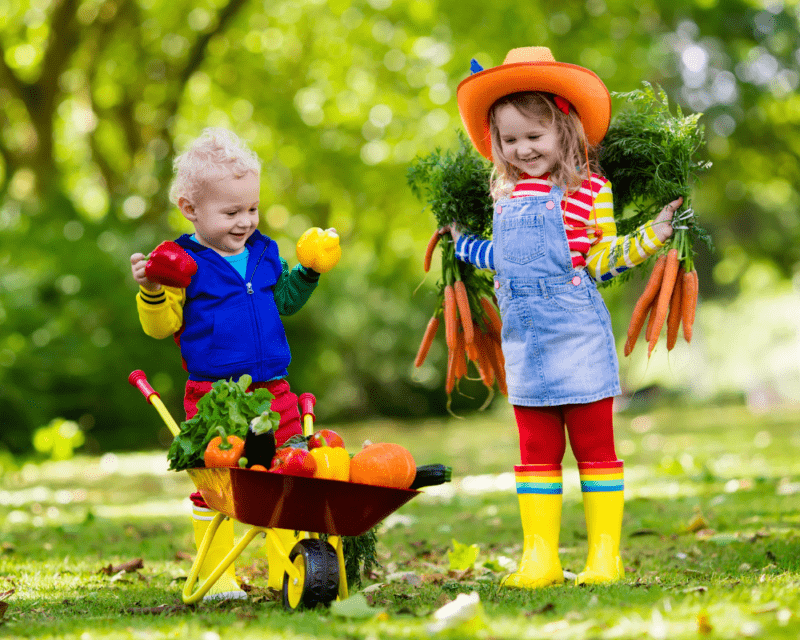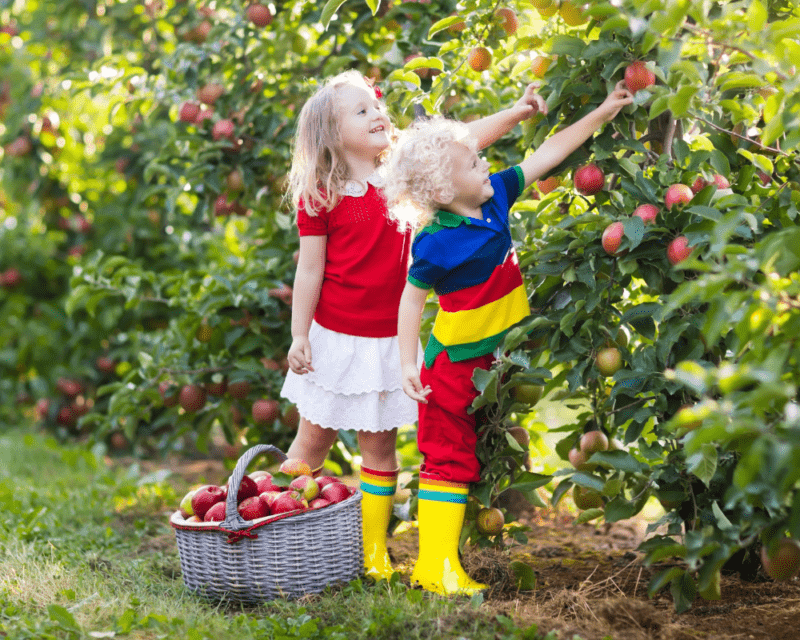Our gardens can be a place of respite from the outside world. A place to relax and recentre ourselves, and to enjoy time with family and friends surrounded by nature and fresh air. When you have children, a garden can be a wonderful place for them to play outdoors and get some exercise, but there is always that fear that they could hurt themselves or face a danger you haven’t considered. There may be areas in your garden where you’re hesitant to let them go near, and you constantly warn them to keep away. This is why many parents decide to childproof their garden to feel much more confident letting the kids play out there, even without supervision. Creating a child-friendly space while maintaining an aesthetic you’re happy with is not the simplest of tasks. To help you with this, we’ve created this guide to help you when considering what features to add to your garden for this project.
Choose The Right Materials

When designing your garden area, you’ll have to consider which materials to use for each area of the garden. You’ll have to consider the safety of these materials and things like costs if you have children running around the place. For example, softwoods, asphalt, and turf will be much safer if your kids trip, providing them with a softer surface to land on than concrete, hardwoods, gravel or other aggregates. Spend some time researching to find materials for your garden so you can make sure they’re suitable for your kids.
Avoid Toxic Plants
Your children’s curiosity should be nurtured, allowing them to learn useful things about the world. The desire to learn is not something to be scoffed at, as many parents will attest to. However, while it’s important to nurture this curiosity, you should also ensure that there is nothing in your garden that could be harmful to them. Younger children are prone to putting things in their mouths, for example, and this could be problematic if you have a lot of plants and flowers. There are a surprising number of toxic plants out there, so it’s important to double-check every plant you want to add to your garden to reduce the chances of them getting sick. You should also avoid using toxic chemicals in the garden, too, such as pesticides.
Avoid Contrasting Play Equipment
One thing that many parents are concerned about when it comes to designing a garden is that they’ll end up overloading the space with unattractive, brightly coloured play equipment. Bright blue and red slides with horrifically contrasting colours can make the place look more like a playground than a family garden. Instead, if you are providing your children with play equipment, you should look at installing some with natural materials like wood instead and avoid any painted bright colours that would clash with the rest of your garden. These designs work great for nurseries and school playgrounds but will not give your garden an aesthetically pleasing look.
Provide Shady And Covered Areas
A big risk to your children playing outside, especially during the summertime, is their exposure to the sun. The UV light can be a major hazard to their health if you’ve not applied sunscreen to their skin, and the heat can also have some adverse effects on them if they’re in it for too long. Heat stroke is a common problem we can all suffer from on a hot day, so it’s important to provide your children with ample shaded space in your garden. As well as giving them shade, you should consider that they may still want to play outside, even during bad weather. Of course, nobody is saying you should stop your kids from playing out in the rain, as there’s very little harm in this, but giving them a space for respite from a downpour while also allowing them to stay outside in the fresh air can be very positive. You can achieve this by installing a glass veranda, for example. You can find a selection of custom-made verandas that can attach to your home’s side, offering shelter from the elements.
Help Them To Respect Nature

Developing a healthy respect for nature is important for your children, as they will be the next caretakers of the planet. Beginning in the early stages of childhood, all of our children should learn to take care of the natural world around them and understand why this is so important. Many people today were not taught this and now care very little about the preservation of the landscape versus the profits they can make from exploiting it. As parents, we must ensure that our children understand their inherent responsibility for taking good care of the land, including wildlife and plants. Taking your children on mini-beast hunts and working with them to grow their plants and flowers is a great way to get them thinking about nature and asking questions. Your garden will be the best place to do this, so you should try to avoid creating a sterile garden that lacks wild growth and natural habitats for wildlife.
Create Zones
The chances are that you will not want to design your entire garden solely with your children in mind. After all, you will likely want a space for the adults to relax, free from the chaos. This is where zones will come in handy. Creating a selection of zones throughout your garden with different purposes is a great idea, as it will allow you to designate specific areas for different things. You could have a wildlife area where you may want to supervise your children when they are there. And then you might want a space which is kept nice and tidy, ready for you and your friends to enjoy during the afternoons and evenings, such as a space underneath one of these glass verandas, and then you might want a ready-to-use area for your kids, which they have access to whenever they wish to play outside. You can split your garden into zones with fences and gates, sectioning certain areas off from your kids so that you can be confident that they’ll stick to the areas you want them to be in.
Focus On Simplicity
Creativity and imagination should be a big focus for kids, and encouraging these things through play is very important for their development. A simple garden design, at least when it comes to your children’s play area, will help develop this creativity without relying on specific play equipment such as a slide. A simple jungle-gym setup, for example, can be used in many different ways for your kids, allowing them to create fun and entertaining scenarios with their friends and siblings, strengthening their imaginations and helping them to turn something simple into something exciting and fun. When it comes to the design of your garden, this simplistic design will also help to keep this area much more in line with the rest of the garden, especially if you choose to make these things out of similar materials as your garden furniture.



Some lovely advice for improving the garden for the kiddies